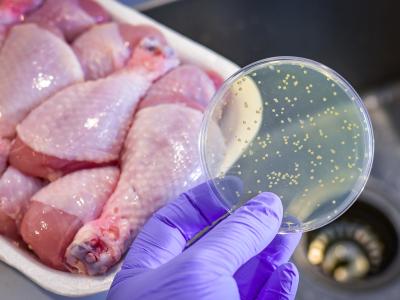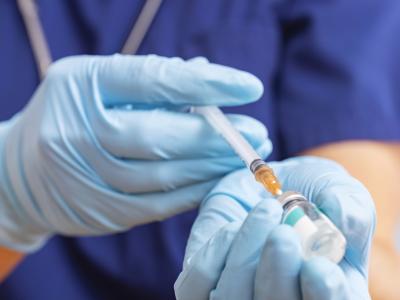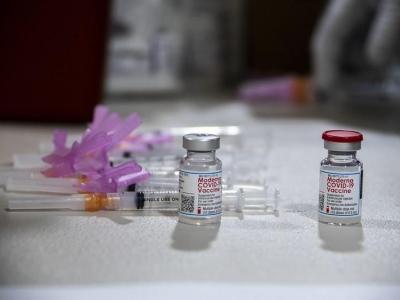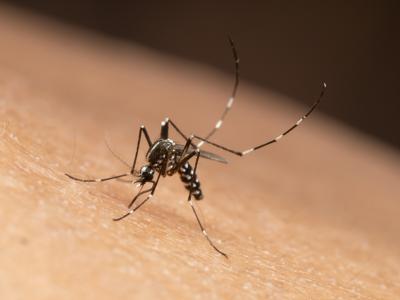The US Food and Drug Administration (FDA) today approved the first adjuvanted vaccine against H5N1 influenza, a product destined for the US government's pandemic emergency stockpile.
It is also the nation's first adjuvanted flu vaccine to gain FDA clearance.
The vaccine, made by a Canadian subsidiary of GlaxoSmithKline (GSK), is indicated for use in people age 18 and older who are at increased risk of exposure to H5N1 avian influenza, the FDA said in a statement.
Dose-sparing strategy
An adjuvanted vaccine is designed to produce a stronger immune response with less antigen, a dose-sparing strategy that would allow health officials to stretch the supply of antigen, the "active ingredient" in vaccines. Such a dose-sparing approach would be especially important in a pandemic setting.
The vaccine contains 3.75 micrograms (mcg) of antigen, compared with 15 mcg in standard flu vaccines. In previous years, the US government has acquired a supply of adjuvants for possible emergency use, but they weren't part of a specific vaccine.
Karen Midthun, MD, director of the FDA's Center for Biologics Evaluation and Research, said in the statement, "This vaccine could be used in the event that the H5N1 avian influenza virus develops the capability to spread efficiently from human to human, resulting in the rapid spread of disease across the globe."
The US Department of Health and Human Services (HHS) purchased the vaccine for the Strategic National Stockpile from ID Biomedical Corporation, based in Quebec City. The GSK-affiliated company makes the newly cleared H5N1 vaccine with an egg-based manufacturing process that it uses to make FluLaval, its seasonal flu vaccine.
The H5N1 vaccine contains the AS03 adjuvant, an oil-in-water emulsion. The H5N1 antigen and adjuvant components are supplied in two separate vials that are combined before use. The FDA said the vaccine is administered by intramuscular injection in two doses, 21 days apart.
Though adjuvanted flu vaccines are already in use in Europe and Canada, US officials have been cautious about approving them, partly due to the public's wariness over vaccine additives. In addition, the AS03 adjuvant in the newly approved H5N1 vaccine was linked to an increased risk of narcolepsy in some European children who received the Pandemrix 2009 H1N1 vaccine.
Safety and immunogenicity data
Today's approval announcement comes roughly a year after a government advisory committee endorsed the safety and immunogenicity of the adjuvant-containing H5N1 vaccine.
A multicenter safety trial in 3,400 adults who received the vaccine and 1,000 who received placebo found that injection site pain was the most common side effect and that muscle aches, headache, fatigue, and injection site redness and swelling were also common, according to the FDA.
The immunogenicity part of the trial in 2,000 vaccinated adults found that 91% of adults up to age 64 and 74% of seniors who received the two-dose regimen developed antibodies expected to protect against flu.
The vaccine manufacturer will work with the FDA and other US government agencies to collect more safety and effectiveness data if the vaccine is used during an H5N1 pandemic, according to the FDA statement.
According to an October World Health Organization tally, the global H5N1 count stands at 641 cases since 2003, 380 of them fatal. The total does not include a handful of more recently reported cases from Cambodia and Indonesia.
See also:
Nov 22 FDA press release
Nov 15, 2012, CIDRAP News story "FDA panel endorses H5N1 vaccine with adjuvant"





















